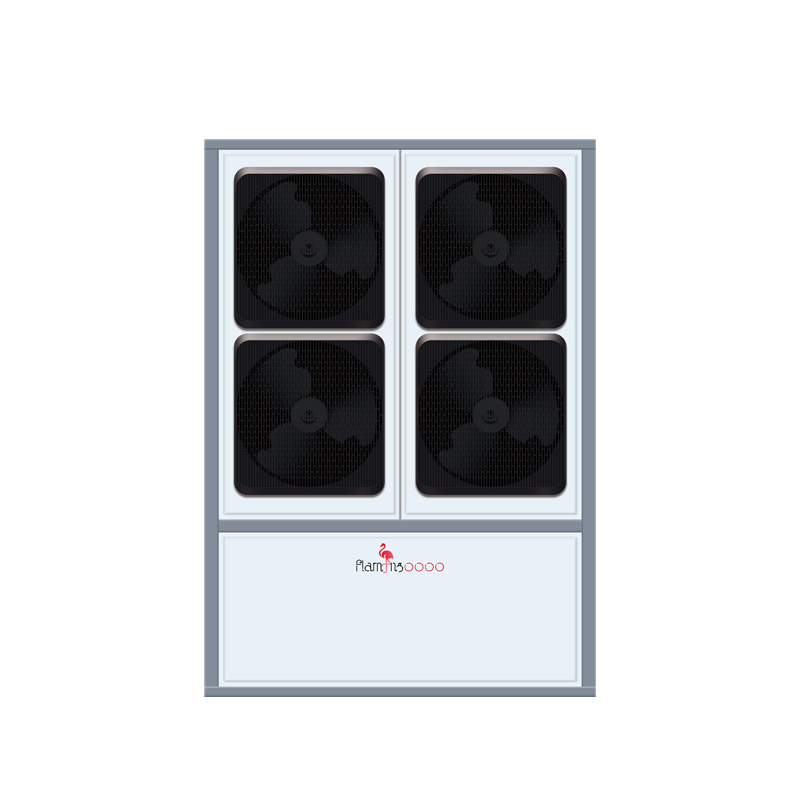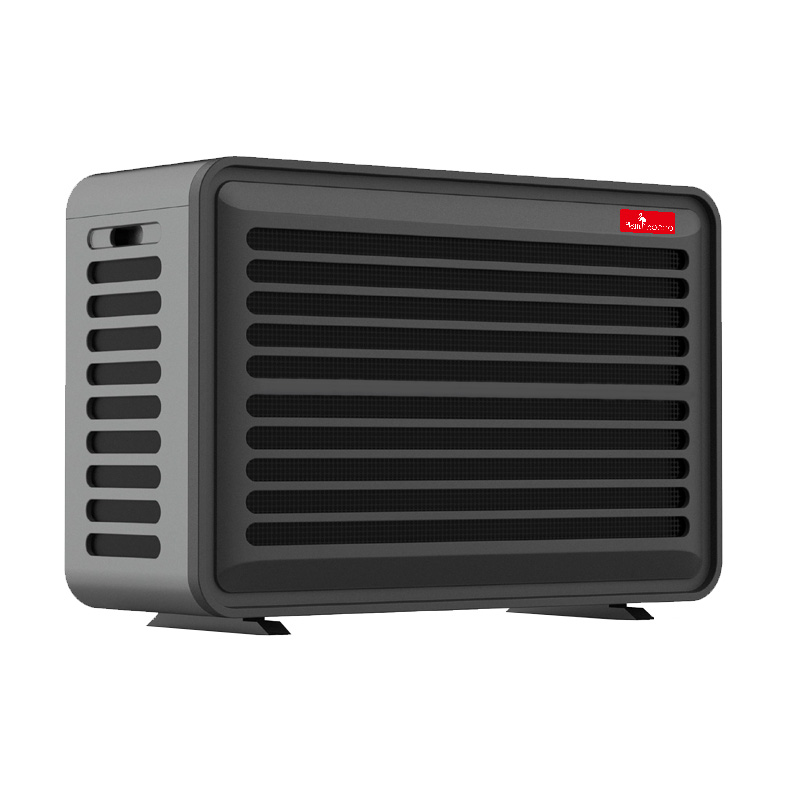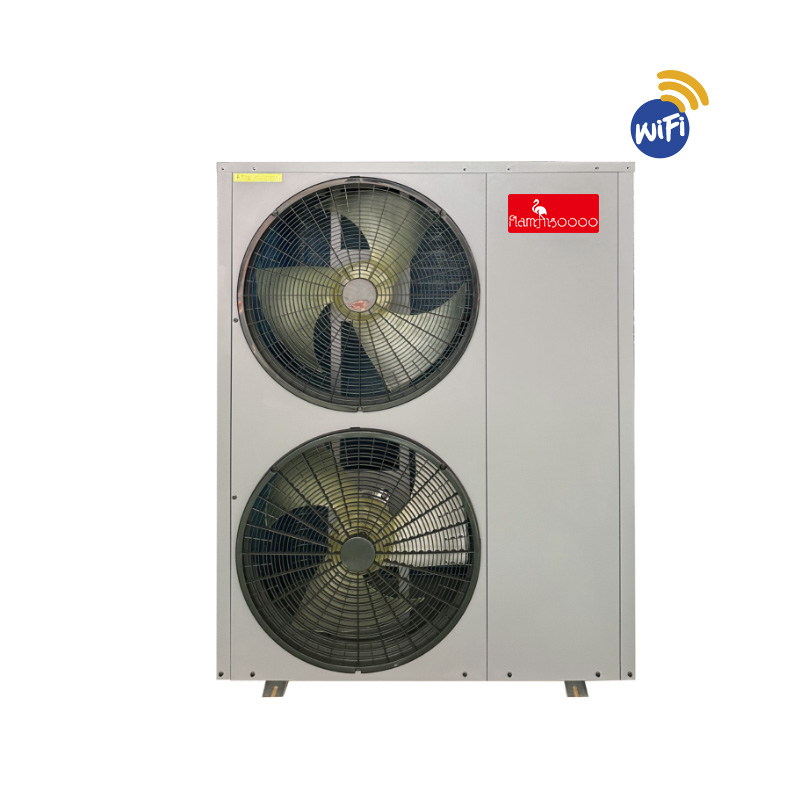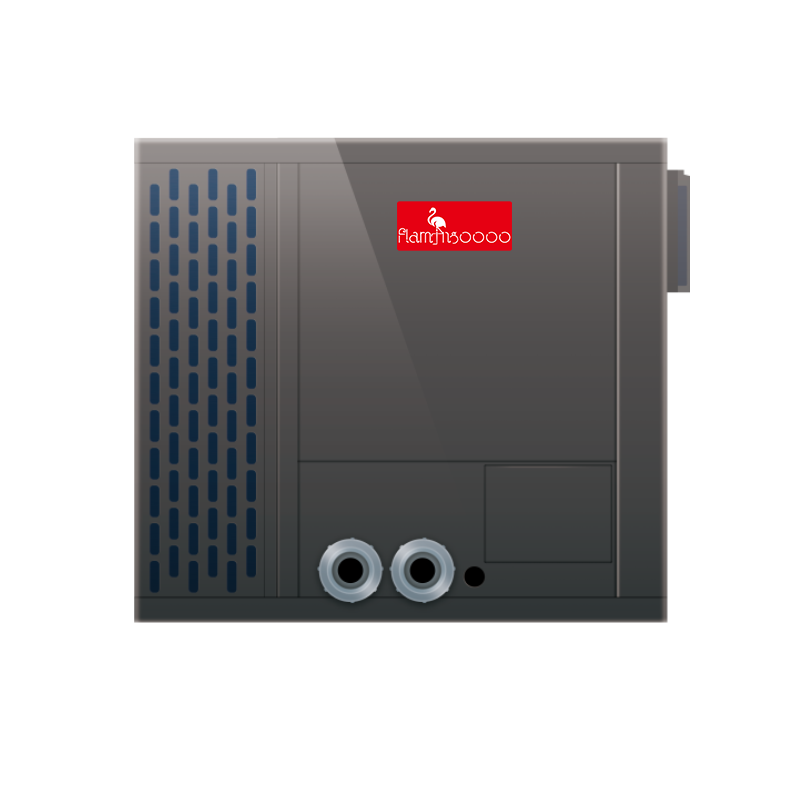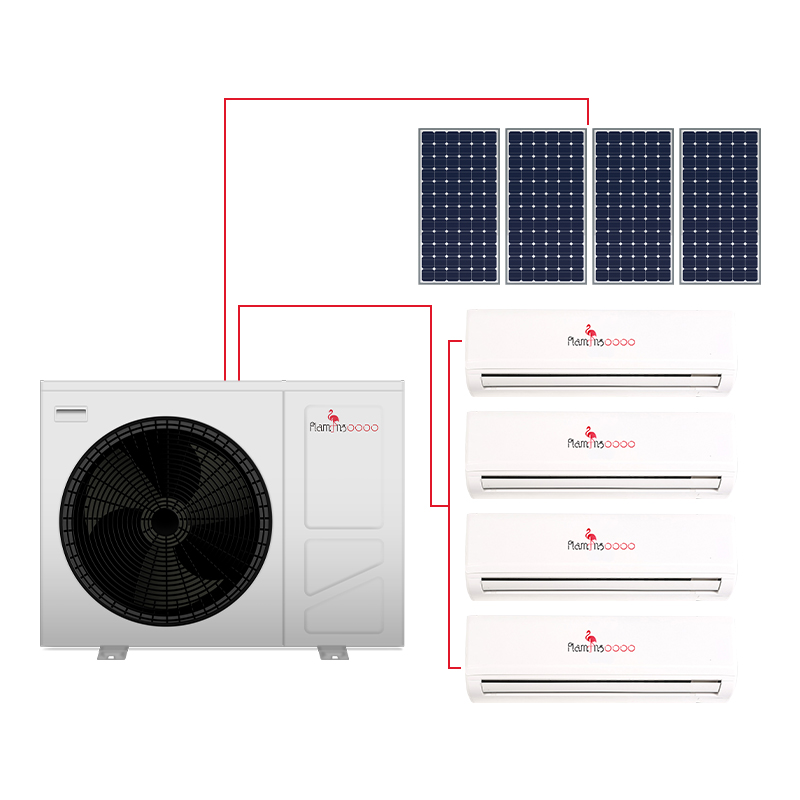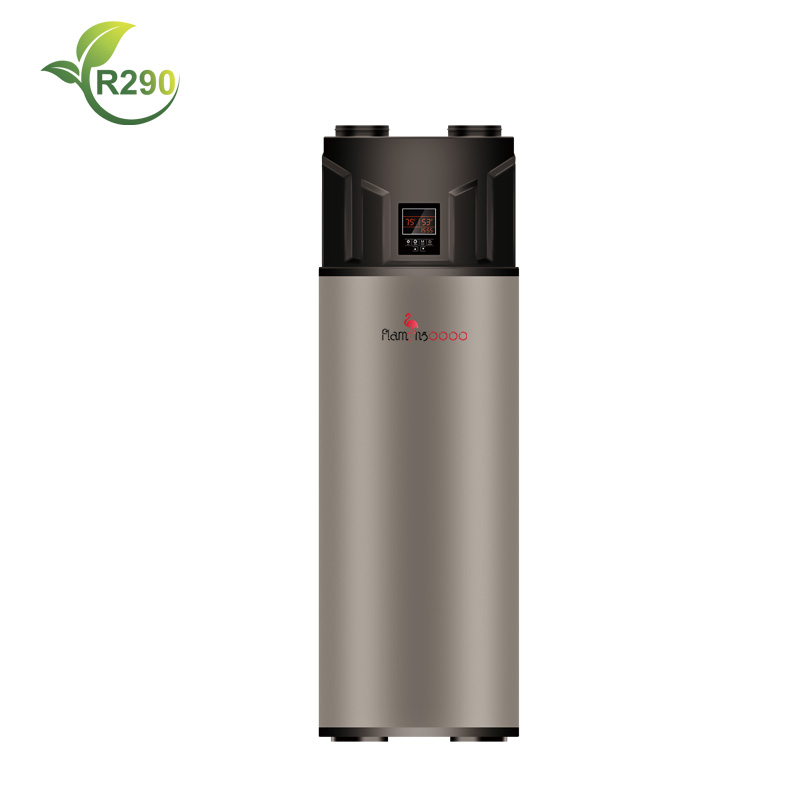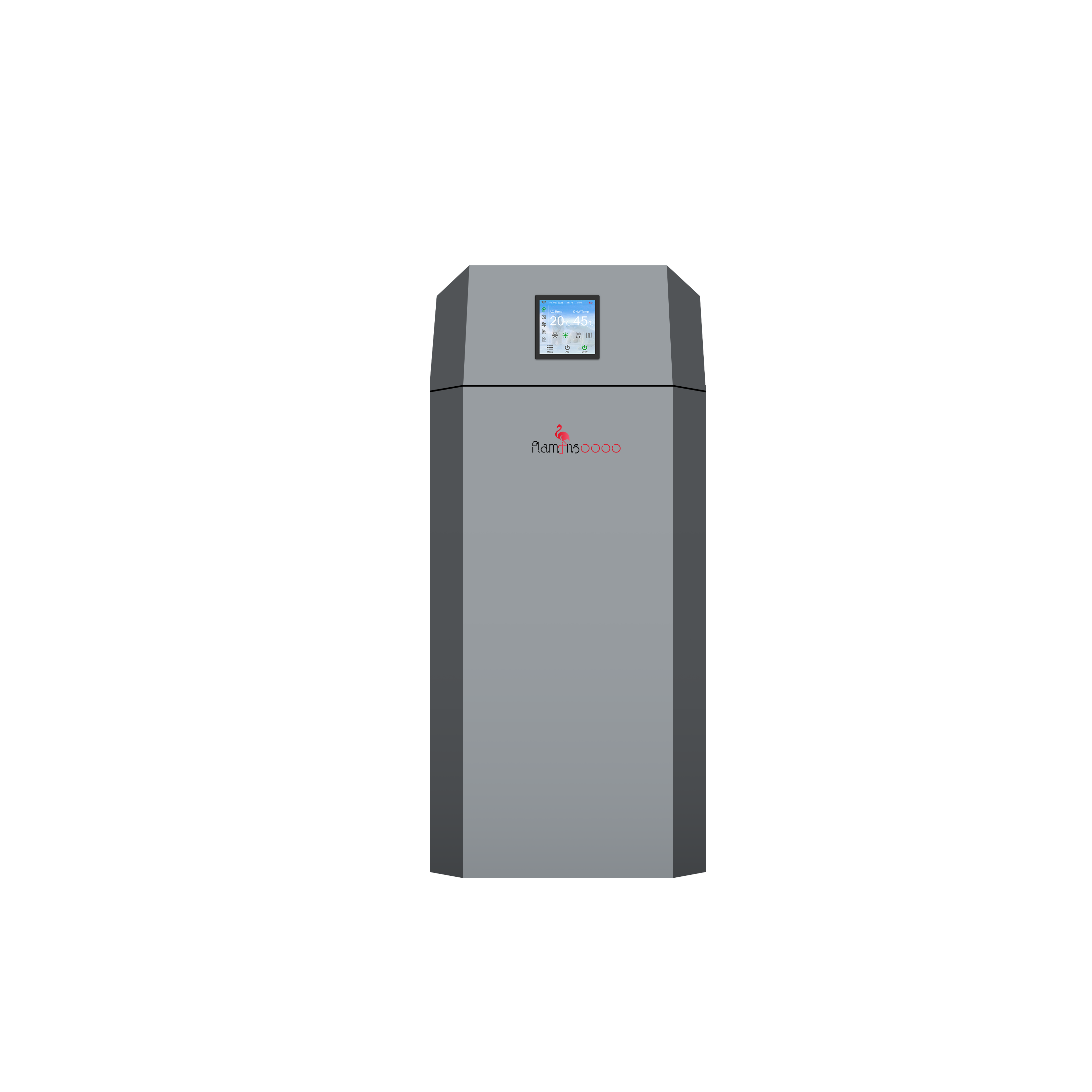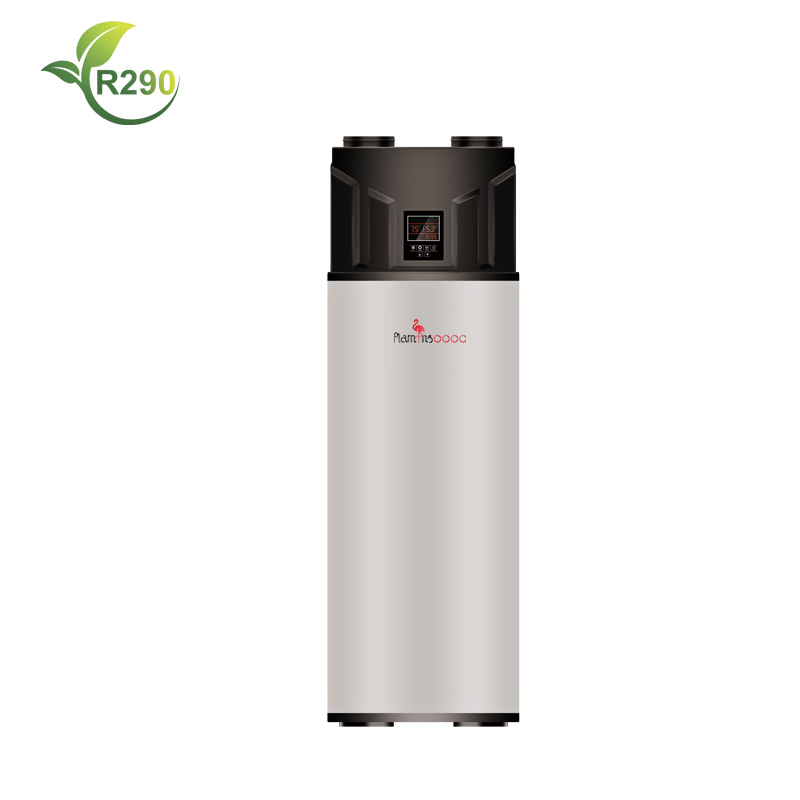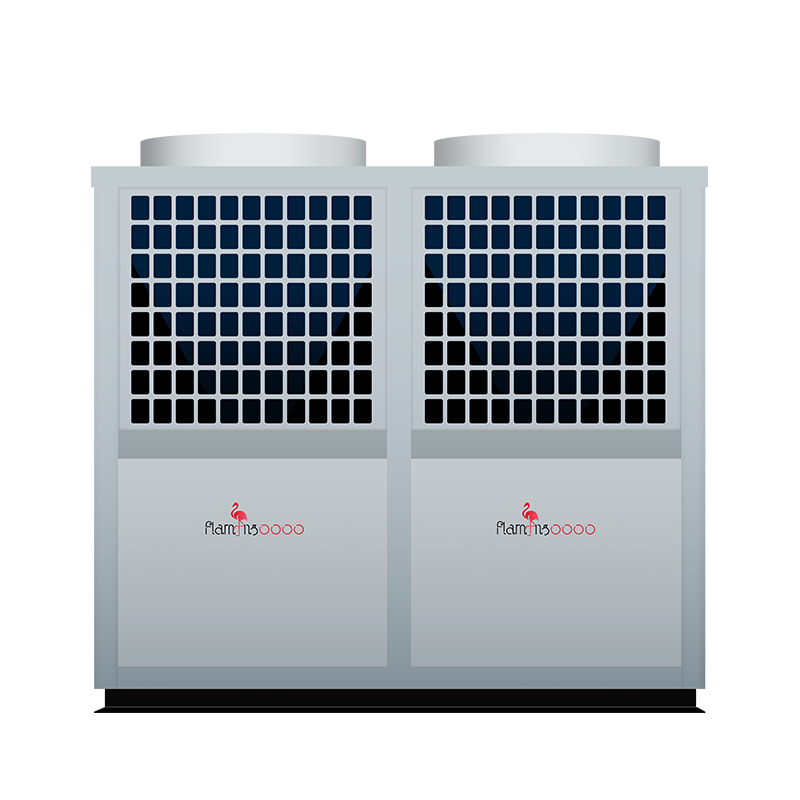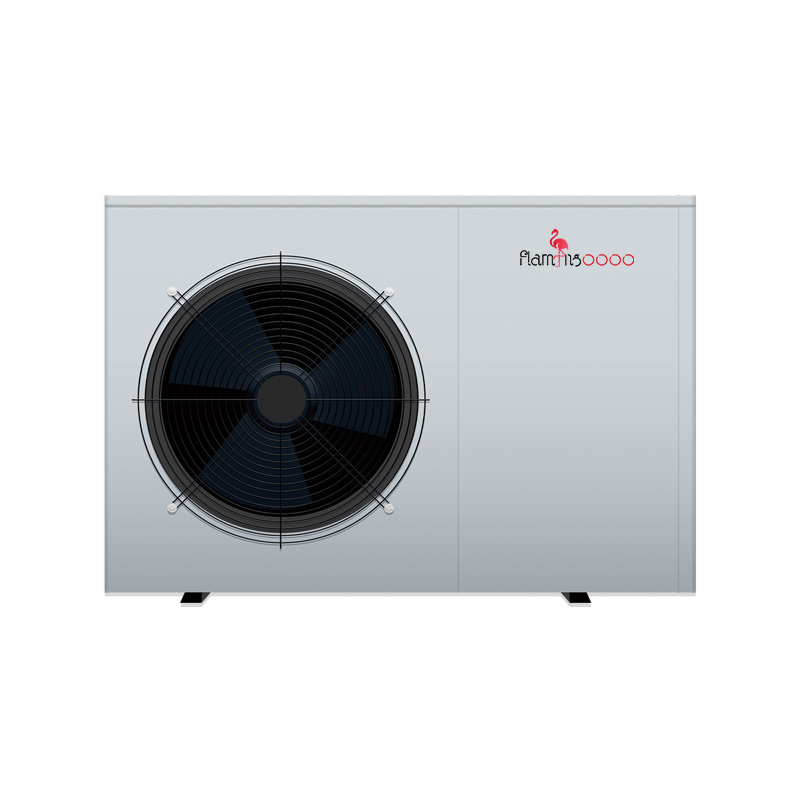Is There a Cheap Way to Heat Your Pool? Inverter Heat Pumps Deliver Unbeatable Value & Efficiency
– For pool owners dreaming of extended swimming seasons without soaring energy bills, the quest for affordable warmth often feels like searching for a mirage. Gas heaters guzzle fuel, solar panels struggle on cloudy days, and traditional electric resistance heaters are budget busters. But a quiet revolution, driven by inverter pool heat pump technology and advanced components like titanium heat exchangers, is finally making truly economical pool heating a widespread reality.
The High Cost of Conventional Pool Heating
Historically, pool heating meant choosing the "least bad" expensive option:
Gas/Propane Heaters: Fast heat-up but exorbitant running costs. Heating an average pool can cost $300-$800+ per month in fuel, with significant CO₂ emissions.
Solar Thermal: Low operating costs but high upfront investment ($5k-$15k+), inconsistent performance (especially off-season or cloudy regions), and large space requirements.
Standard Electric Heat Pumps: More efficient than gas but older fixed-speed models still consumed significant power, struggled in cooler ambient temperatures (<50°F/10°C), and incurred high operating costs.
"Too many pool owners resigned themselves to either short seasons or painful utility bills," says Mark Henderson, President of the National Pool & Spa Institute. "The equation simply didn't add up for most households seeking affordable, extended comfort."
Enter the Inverter Pool Heat Pump: The Game Changer
The breakthrough lies in inverter pool heat pump systems. Unlike older fixed-speed models that run at full blast or shut off completely (wasting energy during startup cycles), inverter technology uses sophisticated variable-speed compressors and fans.
How Inverter Technology Slashes Costs:
1.Precise Matching: The inverter compressor constantly adjusts its speed to deliver exactly the heat output needed to maintain the desired water temperature. No energy wasted on overheating or frequent stop-start cycles.
Gentle Starts: Eliminates the massive power surge (and associated waste) when a fixed-speed compressor kicks on at full power.
2.Optimized Performance in Cooler Weather: Inverter systems maintain high efficiency much further into the shoulder seasons than fixed-speed units, significantly extending the usable swimming season economically.
3.The Titanium Advantage: Corrosion is the enemy of longevity in pool heating. Saltwater pools or harsh chemicals quickly degrade standard materials. Titanium heat exchangers are virtually impervious to corrosion, ensuring the core component of the high COP heat pump lasts 15-20 years or more, protecting the owner's investment and minimizing replacement costs.
High COP: The Engine of Affordability
The magic number for efficiency is the Coefficient of Performance (COP). A COP of 5.0 means the high COP heat pump produces 5 units of heat for every 1 unit of electricity consumed. Modern inverter pool heat pump systems consistently achieve COPs of 5.0 to 6.5 or higher under optimal conditions, far surpassing:
Gas/Propane Heaters: COP typically 0.8-0.95 (meaning they lose energy).
Standard Fixed-Speed Heat Pumps: COP typically 3.0-4.5.
Electric Resistance: COP = 1.0.
"This COP difference translates directly into hard cash savings for the pool owner," explains Dr. Sarah Lin, an energy efficiency engineer at the Lawrence Sustainable Energy Alliance (LSEA). "An inverter pool heat pump with a COP of 6.0 uses up to 80% less energy than a gas heater and 30-50% less than an older fixed-speed heat pump for the same heat output. Over a full season, this can mean hundreds, even thousands, of dollars saved."
Breaking Down the Economics: Why Inverter Heat Pumps are the "Cheap" Solution
While the upfront cost of a premium inverter pool heat pump with a titanium heat exchanger ($4,500 - $8,500 installed) is higher than a basic gas heater ($2,500 - $4,500) or a fixed-speed heat pump ($3,500 - $6,000), the dramatically lower operating costs make it the most economical choice over time:
Case Study (Average 16x32ft Pool, Northeast USA):
Gas Heater: Seasonal Cost (6 months extended season): ~$2,200
Fixed-Speed Heat Pump: Seasonal Cost: ~$850
Inverter Pool Heat Pump (COP 6.0): Seasonal Cost: ~$500
Savings vs. Gas: $1,700/season. Savings vs. Fixed-Speed Heat Pump: $350/season.
Payback Period: Replacing an old gas heater with an inverter pool heat pump often achieves payback in just 2-4 swimming seasons through fuel savings alone. Replacing an older fixed-speed heat pump might take 4-6 seasons.
Lifetime Savings: Over a 15-year lifespan, the inverter pool heat pump can save $15,000-$25,000+ compared to gas and $5,000-$10,000+ compared to a fixed-speed unit.
Incentives: Federal tax credits (up to 30%, capped) and many state/local rebates specifically target high COP heat pump installations, further reducing the net upfront cost and accelerating payback.
"The term 'cheap' has to consider total cost of ownership," Henderson emphasizes. "The inverter pool heat pump, especially with its titanium durability, offers the lowest lifetime cost by a significant margin. It’s the smart, truly affordable choice for long-term pool heating."
Beyond Cost: Reliability, Season Extension & Environmental Benefits
The advantages of inverter pool heat pump technology extend beyond just the wallet:
Quieter Operation: Variable-speed components run significantly quieter than the jarring startup of fixed-speed units or gas burners.
Effective in Cooler Climates: Modern inverter systems can efficiently extract heat from the air down to temperatures as low as 40°F (5°C) or lower, reliably extending the pool season into spring and fall even in northern states.
Reduced Carbon Footprint: By maximizing electricity efficiency and enabling the use of cleaner grid power, high COP heat pumps drastically reduce greenhouse gas emissions compared to fossil fuel heaters. A typical pool switching from gas to an inverter heat pump can cut its heating-related CO₂ emissions by 70-90%.
Low Maintenance: The robustness of the titanium heat exchanger and the smoother operation of inverter components lead to fewer breakdowns and lower maintenance costs.
Choosing the Right System & Maximizing Savings
Experts recommend these steps for getting the most affordable pool heating:
Prioritize COP & Inverter Tech: Look for certified COP ratings of 5.0 or higher and ensure the unit uses true inverter compressor technology.
Demand Titanium: Insist on a titanium heat exchanger for maximum longevity and corrosion resistance, especially for saltwater pools.
Size Correctly: An undersized unit will struggle and run inefficiently; an oversized unit will short-cycle (even with an inverter), reducing efficiency and lifespan. Consult a qualified pool professional.
Use a Pool Cover: This is the single biggest ancillary factor. A high-quality pool cover reduces heat loss by 50-70% overnight, dramatically reducing the workload (and cost) for any pool heating system.
Explore Incentives: Research federal, state, utility, and local rebates for high COP heat pump installations (resources like DSIRE USA are invaluable).
Consider Hybrid (Optional): In very sunny climates, pairing a smaller inverter pool heat pump with solar thermal panels can offer the ultimate in low-cost, renewable heating, using the heat pump primarily for backup or cloudy periods.
The Verdict: Affordable Warmth is Here
The era of choosing between a short pool season and crippling heating costs is ending. Inverter pool heat pump technology, anchored by high COP performance and durable titanium heat exchangers, has fundamentally changed the economics of pool heating. While the initial investment is higher, the unparalleled energy efficiency delivers the lowest possible operating costs and the fastest payback of any mainstream heating technology.
For pool owners seeking genuinely affordable warmth to enjoy their investment for more months of the year, the answer is clear: The modern inverter pool heat pump isn't just *a* cheap way to heat your pool – it's the smartest and most cost-effective way over the long haul. The technology has matured, the savings are proven, and the extended season of comfortable swimming is finally within financial reach.

